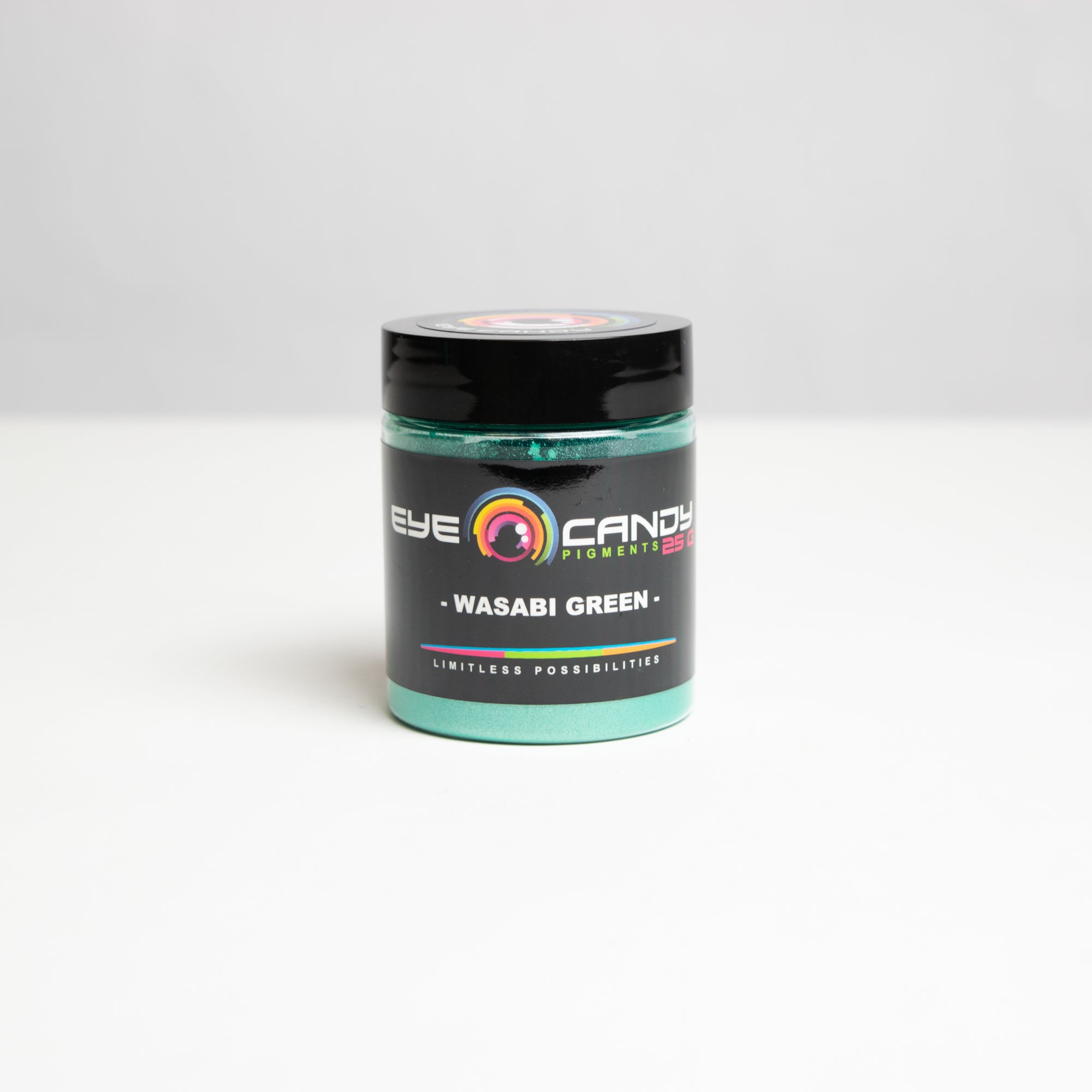3 Tips for Safely Working With Pigment Powders

Pigment powders expand the stylistic possibilities for works of art, cosmetics, and more. They can produce mesmerizing shimmering effects and infuse your products with rich color. But like any artistic material, it’s crucial to use pigment powders correctly to avoid hazards. Follow these three tips for safely working with pigment powders for the best experience.
1. Read the Manufacturer’s Description
Reading the powder’s product description will help you learn the requirements for safely using the pigment. The pigment powder’s chemical composition affects the essential steps users should take when handling the product, and the manufacturer will share warnings and communicate proper use. You can also request a safety data sheet (SDS) from the manufacturer or supplier for a more detailed description of the hazards, product composition, and safety precautions.
Check for Safe Applications
The manufacturer or supplier’s description will also indicate safe applications for the powder. Some pigments are FDA-approved for use in eye makeup products or bath bombs. For example, you can use some pearlescent mica powders to produce an opal-like effect in cosmetics and bath bombs. But before using a pigment in your creation process, always make sure it’s safe for that particular application.
2. Wear a Mask and Protective Clothing
Inhaling pigment powders or coming into direct contact with them can lead to health hazards. Working with dry pigment powders increases the risk of inhalation.
Dust masks approved by the National Institute for Occupational Safety and Health (NIOSH) filter out fine particles, providing adequate protection against airborne pigments. Similarly, wearing gloves and long-sleeved clothing prevents direct skin contact with the pigments, reducing the risk of skin irritation or absorption.
3. Clean Up Thoroughly
Cleaning is key for safely working with pigment powders. Clean up spilled mica powder to prevent the dust from becoming airborne and potentially inhaled. To make cleaning as efficient and thorough as possible, cover your work surfaces before beginning your project. After completing your project, use a damp, disposable cloth to wipe away any remaining powders.
Always Wash Your Hands
In addition to cleaning your workspace, it’s equally important to clean your hands thoroughly after handling pigment powders. Despite wearing gloves, some pigment may find its way onto your skin. Washing your hands with soap and warm water ensures that no traces of pigment remain, which helps prevent skin irritation or accidental ingestion.
Create unique and eye-catching projects with confidence when you follow these safety guidelines. By understanding each pigment’s safety hazards and usage limitations, using personal protective equipment, and ensuring a thorough cleanup, you can unlock the full creative potential of these powders without compromising your health and safety.



